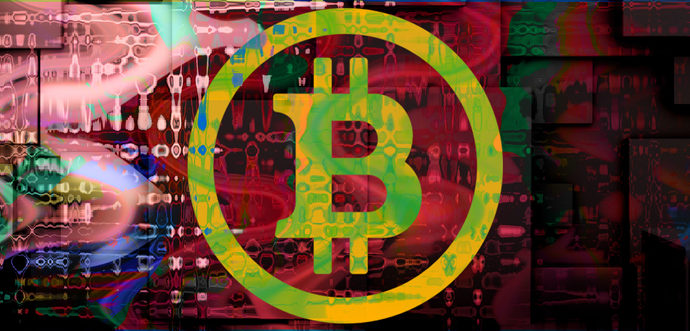Non-fungible tokens (NFTs) have gained substantial notoriety in the blockchain and cryptocurrency space. The application possibilities for these cryptoassets are numerous. They range from the sale of famous and collectible works of art to a tweet – the first one by Twitter founder Jack Dorsey.
What is a non-fungible token or NFT? And what is it used for?
NFT is the acronym used for non-fungible tokens. But what is non-fungible? It means to be unique and irreplaceable. For example, a bitcoin is fungible – if you exchange it for another bitcoin, you will have an asset of the same value. A unique pokemon card, however, is not fungible. If you exchange it for another card, you will have an object with different values and characteristics.
Non-fungible tokens are digital representations of any unique digital thing, such as a famous work of art, a song, a Nyan Cat, or a tweet.
Where are these tokens?
Just like tokens and cryptocurrencies, they are part of a blockchain, like Ethereum or others. But they carry different information, which makes them function differently from a token like ETH.
The market for works of art or fine arts in the sights
The possible uses of NFT are broad. But what is drawing the attention is the market for collecting works of art or digital fine art, which can be a print, a video, or a song. Recently, a video of the singer Grimes was sold for US$ 390,000.00 in the form of an NFT.
But if the video is available and is on the Internet, why should we pay for it? Because NFTs give their holders ownership over the original item. In other words, anyone can own works of art by Leonardo Da Vinci, but only one will own the original – and will be able to sell it for thousands of dollars more in the future.
Therefore, an artist selling a digital artwork can receive a percentage every time the NFT changes hands. On the art collector’s side, NFTs can work as any speculative asset: the buyer expects to make a future profit on an eventual sale.
The socialite and businesswoman Paris Hilton was one of those who started this transaction possibility. In 2020, she sold a digital drawing of her cat for 40 ETH.
So there are those who consider NFTs to be the fine art collection market’s future, something very much geared to the super-rich. And that they will demand an update of the book.
What are the other NFT markets?
The possibilities are diverse, but one of the most successful is gaming. Out of the picture are items purchased with conventional money, and onto the stage are rare and valuable items priced in cryptocurrencies. One example of this use is the game CryptoKitties. The game has made available a limited number of virtual kitties (each one an NFT).
These tokens may even reach traditional sports outside of the virtual environment. Members of the NFL (the American soccer league) and the NBA (basketball) were studying the benefits of non-fungible tokens.
Where to buy NFTs of artwork?
Several marketplaces have sprung up around NFTs that allow people to buy and sell. These include OpenSea, Rarible, and Grimes’ choice, Nifty Gateway.
Non-fungible tokens can generate ‘snowball’ just like DeFi
Like DeFi, non-fungible token projects have begun issuing their governance tokens. This type of token allows the holder to vote on company decisions. Governance tokens have become a trend in DeFi, and the expectation is that they will drive non-fungible tokens in the same way.
“We saw with DeFi that once a trend starts, it creates a snowball effect. Compound started offering its governance token, and the others were almost forced to follow. Now that Rarible has started this on the NFT side, other marketplaces may feel compelled to issue their tokens as well”, said Ilya Abugov, project manager at DappRadar
However, it is worth remembering that because this is a new segment, it is not yet known how the issue of regulation will be. The path to reach the general public may also have some obstacles.
Abugov mentions the lack of liquidity of artworks and collectibles as one of the possible hindrances. For him, this lack of liquidity could be a challenge when the NFT hype cools down.
Is it the end of the age of technical reproducibility?
Walter Benjamin, in his essay The work of art in the age of its technical reproducibility, reflected on how technical reproducibility caused the loss of the “uniqueness”, “singularity” and “authenticity” of the works of art. He also mentions how this has opened the door to exhibition value, where the key is to distribute copies and profit from the distribution of art. Are NFTs the remedy to the end of this era?







